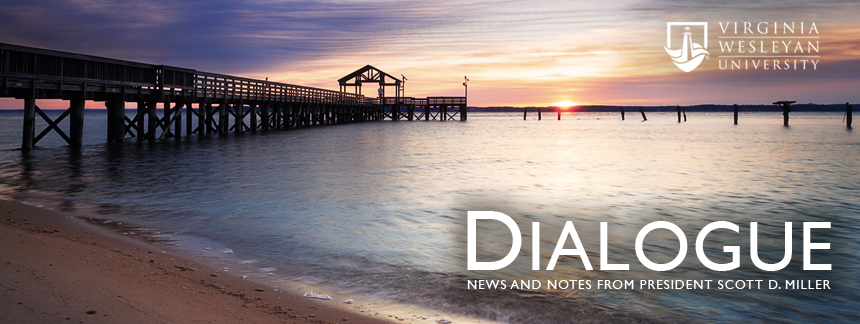Strengthening Student Enrollment and Retention
(College Planning and Management, August 2011 - by Scott D. Miller and Marylouise Fennell)
Recent statistics from ACT and other sources underscore the fact that students today are more mobile than at any previous time, “voting with their feet” and thereby, making enrollment management especially challenging and critical. Roughly one-third (34.3 percent) of first-year students college nationwide are not retained into the second year by the institution at which they originally matriculated. Moreover, students and their families are increasingly savvy consumers, comparison-shopping among campuses and often “walking and talking” with their checkbooks.
As we’ve previously written, enrollment management is more about long-term planning and sustainability than about short-term strategies to bring in the next class. We submit that even in tough economic times, it is possible to increase yield and enroll qualified students who are a good match for the institution and likely to be retained while incrementally enhancing selectivity—and without “buying students.” In our experience, runaway tuition discounting has landed more presidents and institutions in hot water than virtually any other financial practice.
In addition, it is essential that the President be the driving force in making recruitment and retention a top priority on campus, remaining highly visible and setting the tone. He or she must remain constantly “in the loop” and hands-on in this critical area. Moreover, it is critical that the enrollment management functions reports directly to the President.
Increasing enrollment without incurring capital expense requires some specific strategies. Distance, weekend and evening courses leverage existing facilities without requiring new capital construction. Often, however, students comprising this demographic are non-traditional learners, requiring different delivery systems and instruction methods than those employed by traditional undergraduate faculty. Thought must be given to how to integrate the two. It is also important to recognize that non-traditional alumni without the typical four-year residential experience typically will have a different relationship with the institution as alumni and will likely require different programming and fund raising strategies.
Noting the impact of the global recession, coupled with rising higher education costs impacting the ability of families to pay, Dr. Ronald A. Crutcher, president of Wheaton College in Massachusetts, recommends:
¨ Leading with connections. Inter-disciplinary academic programs, coupled with experiential learning, foster innovation, enhance institutional morale and engage prospective donors and students;
¨ Reaching beyond. Enhancing student success and outcomes, extending the college’s reach and reputation and increasing faculty, staff and student diversity will attract new audiences and create fresh possibility;
¨ Demonstrating success. Nothing succeeds like success. By focusing on evidence of institutional effectiveness and ongoing assessment of student learning, growth and outcomes, institutions must proactively anticipate growing public demand for accountability.
Writing for our book Presidential Perspectives (Aramark Publications, 2010), Dr. Crutcher, in his chapter on “Strategic Growth for Challenging Times,” notes, “Strengthening student enrollment and retention are critical to advancing academic quality and financial vigor.”
Finally, we would add,
¨ Stay abreast of emerging technologies and consider investing in personnel with expertise in use of contemporary techniques and methodologies, especially the social media, and use of instant messaging, Twitter, Facebook and personalized URLs. Marketing to different target markets changes almost daily as a result of new technological developments and demands considerable skill in communicating to diverse audiences across multiple platforms.
# # # #
Dr. Scott D. Miller is President of the College and M.M. Cochran Professor of Leadership Studies at Bethany College in West Virginia. Now in his third college presidency, he is in his 21st year as a CEO.
Dr. Marylouise Fennell, RSM, a former president of Carlow University in Pittsburgh, PA, is senior counsel for the Council of Independent Colleges (CIC) and a partner in Hyatt Fennell, Higher Education Services-The TCR Group
They have collaborated on six books, including “President to President: Views on Technology in Higher Education” (2010) and “Presidential Perspectives: Economic Prosperity in the Next Decade” (2010.) Both serve as consultants to college presidents and boards.
